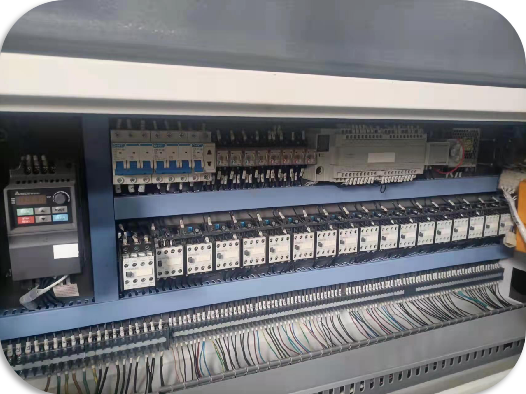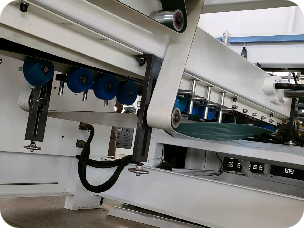News
Dongguang County Yixin Carton Equipment Manufacturing Co., Ltd
2023-03-20
The phenomenon of casing slurry return after completion of cementing often occurs in cementing operations in major oilfields. There are many factors that cause this phenomenon, and the common factors are mainly as follows.
1、 Incomplete mud treatment
During the well trip cycle before cementing, the mud constantly washes out the sealing valve core of the float collar and float shoe. At this time, if the mud is not thoroughly treated and contains large particles of sand or impurities, after a long time of washing, it will cause damage to the rubber sealing ring mechanism of the valve core, thereby affecting its sealing effect. Filter with displacement sand before running casing. If the particles are too large, replace the vibrating screen in a timely manner.
2、 Insufficient mixing of cement slurry
During cementing operations, cement and water are mixed to form cement slurry and then injected into the casing. If the cement slurry is not sufficiently mixed at this time, it contains larger cement blocks or particles, which can also damage the float collar and float shoe valve core mechanism. It is also possible that after the completion of cementing operations, when the float collar float shoe valve core is closed, block or granular cement is sandwiched in front of the valve core and sealing surface, making it unable to close properly, creating gaps, and affecting sealing.
3、 Impact pressure requirements
Generally, the cementing operation manual contains detailed requirements for operations before and after cementing bump. For example, the displacement before and after bump should be less than 0.8 m3/min during plug displacement to prevent damage to the float collar.
Related News
Contact

Email:green@yxzxsb.cn

Address:Cangzhou city, Hebei Province, Dongguang economic development zone packaging and machinery and equipment manufacturing zone A
Copyright © 2023 Dongguang yixin carton equipment manufacture co., ltd All Rights Reserved. Powered by 300.cn SEO Business License













 Message
Message  cn@totustec.com
cn@totustec.com +86 18112582262
+86 18112582262

